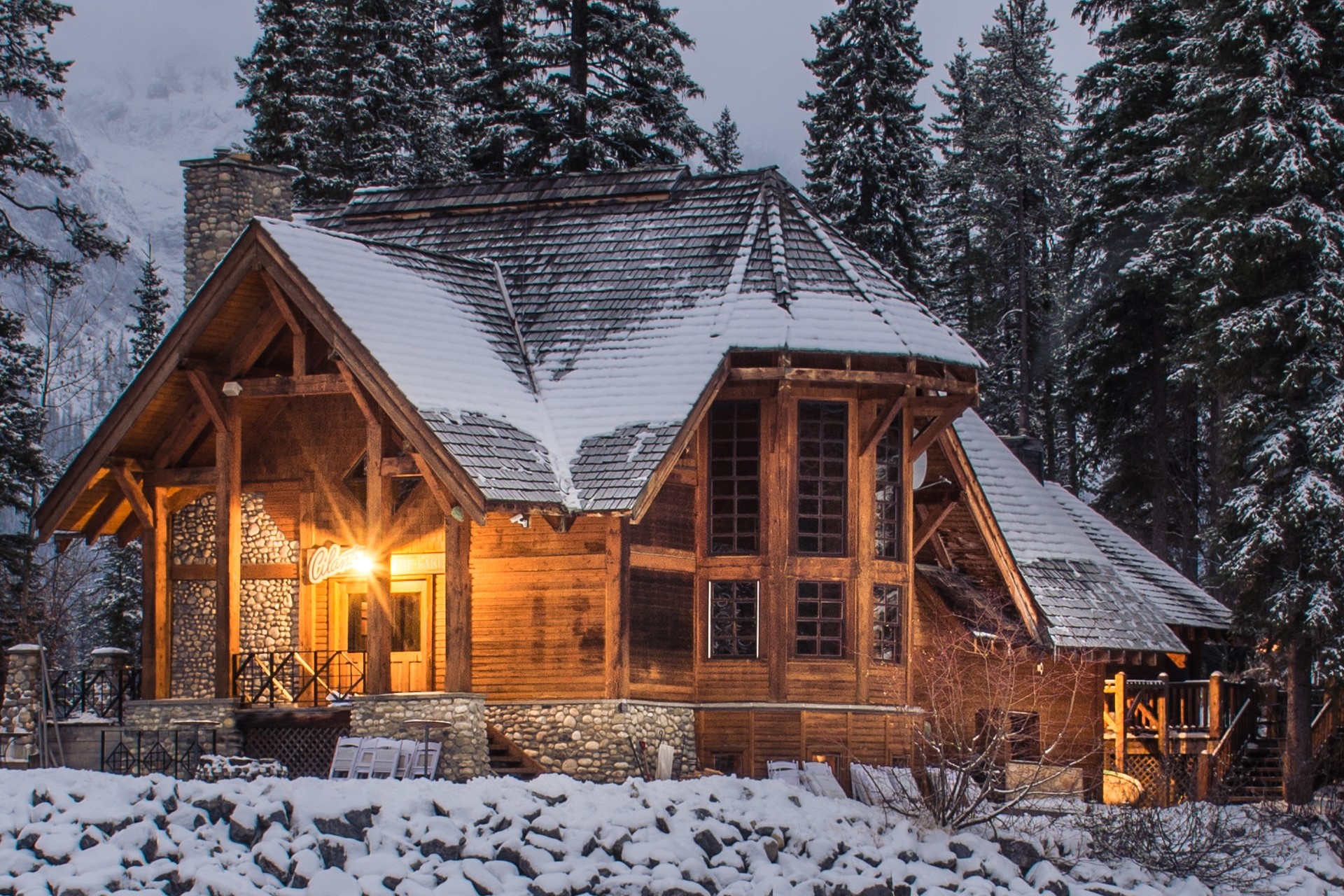
We are reader-supported. When you buy through links on our site, we may earn an affiliate commission.
Are you thinking of how to lower your electric bill in winter? Reducing winter electric bills matters because it saves money, especially on heating. It’s good for the environment, reduces overall energy demand and helps manage expenses better.
Understanding Winter Electricity Usage
In winter, using more electricity is common due to extra heating, less insulation, colder weather, shorter days, indoor activities and holiday lights. Recognizing these elements allows for better management and potential reduction of electricity consumption during the winter months:
Factors Affecting Higher Usage in Winter
Several factors contribute to higher electricity usage in winter. Managing these factors wisely can help cut down on electricity use and costs:
- Heating systems: Increased use of heating systems like furnaces or electric heaters raises energy consumption.
- Poor insulation: Inadequate insulation leads to heat loss, making heating systems work harder and use more electricity.
- Temperature drops: Colder temperatures outside result in a greater temperature difference, prompting heating systems to run longer.
- Shorter daylight: Longer nights mean more reliance on artificial lighting, increasing electricity usage.
- Appliance usage: More indoor activities and appliance use, such as cooking and using electronic devices, contribute to higher energy consumption.
- Holiday lighting: Decorative lighting during the holiday season can significantly increase electricity usage.
How Cold Weather Affects Electricity Consumption
Cold weather influences electricity consumption primarily through increased demand for heating and shorter daylight hours. People rely more on heating systems to keep their homes warm when temperatures drop. This strains electricity resources as these heating systems draw more power to combat the cold.
Additionally, with shorter daylight hours during winter, there’s a greater reliance on artificial lighting. Homes and businesses need more lighting for longer periods, leading to extended use of lights and consequently, higher electricity consumption.
Energy Saving Tips for Winter
Cold weather significantly impacts energy needs, making it vital to implement energy-efficient practices to manage electricity usage effectively. Saving in winter starts with smart choices for heating. Here are some tips:
1. Heating System Efficiency
When it comes to energy-saving for winter, focusing on the efficiency of your heating system is key. Regular maintenance and servicing ensure that your heating system operates at its best, preventing energy waste and potential breakdowns.
Consider upgrading to programmable thermostats to schedule temperature adjustments based on your daily routines. This improves comfort and also helps save energy by reducing heating when it’s not needed, like when you’re away or sleeping.
Zoning systems provide an advanced way to control heating by dividing your home into different zones. This allows for more precise temperature control in specific areas, avoiding unnecessary heating in occupied spaces.
2. Insulation and Weatherization
Efficient insulation and thorough weatherization are essential for minimizing heat loss and maximizing energy savings in winter. Here’s a closer look at these strategies:
- Proper insulation: Ensure your home is adequately insulated, paying attention to walls, windows and doors. Target insulation depth of 10 to 14 inches and seal all openings in the ceiling like those around pipes, ducts and wires. Proper insulation acts as a barrier, preventing the escape of warm air and reducing the need for constant heating.
- Weatherstripping and caulking: Seal gaps or leaks around windows and doors using weatherstripping and caulking. This simple step prevents cold drafts from entering your home and maintains a consistent and comfortable indoor temperature.
- Storm windows or thermal curtains: Consider installing storm windows to provide additional protection against the cold. Alternatively, thermal curtains with insulating properties can trap heat indoors, reducing the workload on your heating system.
3. Lighting and Appliance Efficiency
Lighting takes up five percent of a home’s energy costs. Switching to LED lights can save the average home $225 on the monthly energy bill.
LED bulbs consume less electricity, providing the same or even better illumination than traditional bulbs. They have a longer life span, reducing the frequency of replacements and contributing to overall energy efficiency.
Power strips make it convenient to disconnect multiple devices at once, preventing standby power consumption. Consistently turning off electronics when not in use is a simple yet effective way to avoid unnecessary energy usage, reducing electricity bills.
When purchasing new appliances, opt for those with high energy efficiency ratings. The ENERGY STAR label indicates appliances that meet strict energy performance standards.
Choosing such appliances lowers energy consumption and also qualifies for potential utility rebates. This makes it a financially savvy and environmentally responsible choice.
4. Water Heating Conservation
Efficient water heating practices can lead to substantial energy savings. Here’s a more detailed look at water heating conservation tips:
- Insulate water heater and pipes: Wrapping your water heater in an insulating jacket and insulating hot water pipes minimizes heat loss. This ensures that the water in the heater stays hot for a more extended period, reducing the frequency of heating cycles and lowering energy consumption.
- Reduce water temperature: Lowering the temperature setting on your water heater is a straightforward way to conserve energy. Setting it to a comfortable yet efficient temperature prevents excessive energy use and reduces the risk of scalding.
- Use low-flow showerheads and faucets: Low-flow showerheads and faucets limit the amount of hot water flowing through, maintaining water pressure while reducing overall water usage. This adjustment saves water and lessens the energy required to heat the water, contributing to both environmental and economic benefits.
Behavioral Changes for Energy Savings
Implementing these habits can save energy and contribute to a more sustainable and cost-effective living environment.
Adjusting Thermostat Settings
Lowering the thermostat settings during periods of absence or sleep conserves energy. Cutting your thermostat’s temperature by 7 to 10°F daily can save up to 10% annually on heating and cooling costs.
Utilizing the natural warmth from sun exposure during the day reduces the need for additional heating, promoting energy efficiency in heating systems.
Efficient Use of Appliances and Electronics
Adopting proper usage practices for cooking appliances, such as matching pot size to the burner and using lids, maximizes efficiency and reduces energy waste. Actively reducing standby power consumption by turning off appliances and electronics when not in use prevents unnecessary energy drain.
Unplugging unnecessary devices helps eliminate phantom power usage, contributing to overall energy conservation in the household. These behavioral changes promote a more conscious and responsible approach to energy consumption.
How to Lower Your Electric Bill in Winter
To lower your winter electric bill, focus on efficient habits. Maintaining heating systems, improving insulation and using energy-efficient appliances and lighting. Adjust thermostat settings wisely and adopt innovative behaviors like turning off unnecessary devices. These steps save money and also promote a greener lifestyle.







